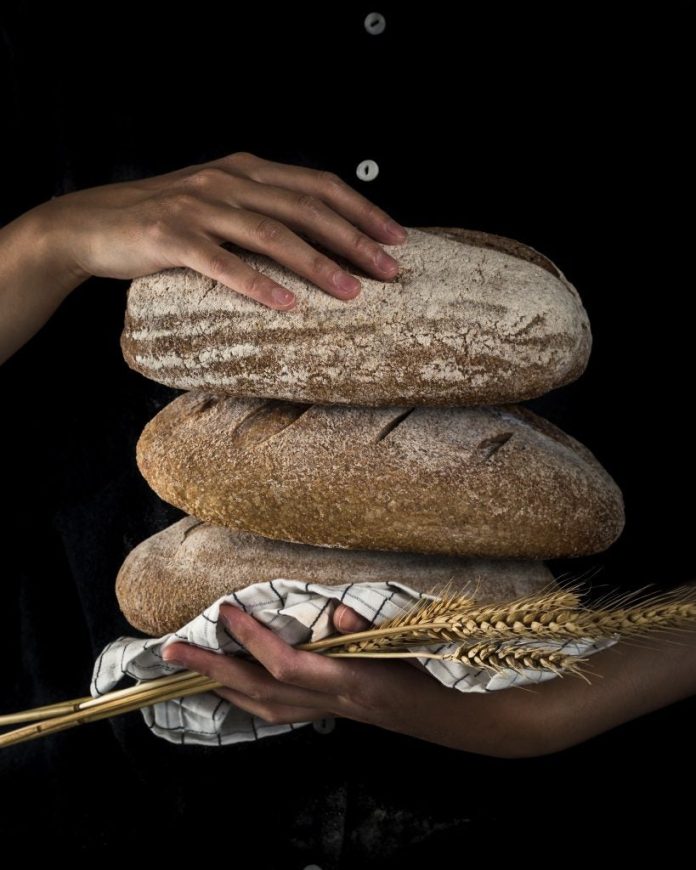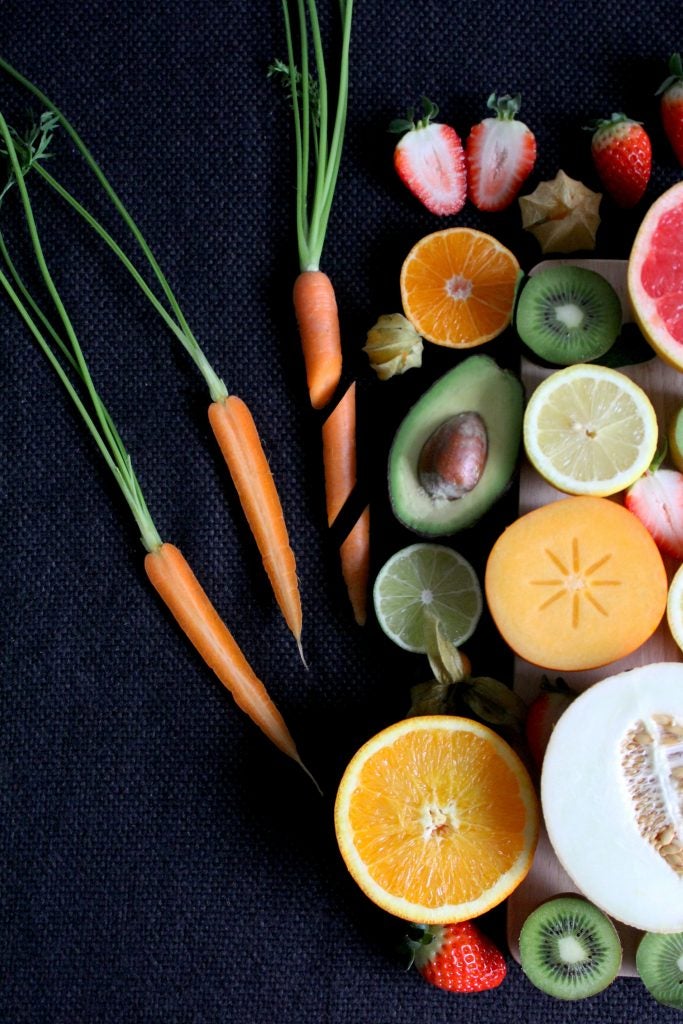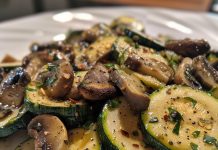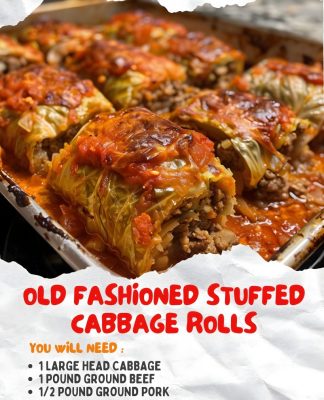Gluten-free is a term used to describe food products that do not contain gluten, a protein found in wheat, barley, and rye. Gluten-free diets are becoming increasingly popular as people become more aware of the potential health benefits associated with avoiding gluten.
For those with celiac disease, a gluten-free diet is essential for managing the condition. Celiac disease is an autoimmune disorder that is triggered by the ingestion of gluten. When someone with celiac disease consumes gluten, their body mounts an immune response that attacks the small intestine. This can lead to damage to the small intestine, which can cause a variety of symptoms, including abdominal pain, bloating, diarrhea, and fatigue. A gluten-free diet is essential for managing celiac disease and preventing further damage to the small intestine.
For others, a gluten-free diet may be beneficial for improving overall health and wellbeing. In this article, we will explore the definition of gluten-free, the potential health benefits, and how to identify gluten-free products.
What is a gluten-free diet?
A gluten-free diet is a diet that excludes all foods containing gluten. Gluten is a protein found in wheat, barley, and rye. It is also found in some processed foods, such as breads, pastas, cereals, and baked goods. A gluten-free diet eliminates all foods containing gluten, including these processed foods.
What are the potential health benefits of a gluten-free diet?
For those with celiac disease, a gluten-free diet is essential for managing the condition. For others, a gluten-free diet may be beneficial for improving overall health and wellbeing. Studies have shown that a gluten-free diet may help reduce inflammation, improve digestion, and reduce the risk of certain diseases. Additionally, a gluten-free diet may help improve energy levels, mental clarity, and overall health.
How do I identify gluten-free products?
When shopping for gluten-free products, it is important to read labels carefully. Look for products that are labeled “gluten-free” or “certified gluten-free.” Additionally, many products are now labeled with a “gluten-free” symbol. If a product does not have a gluten-free label, check the ingredients list for wheat, barley, or rye. If any of these ingredients are listed, the product is not gluten-free.
Tips for starting to go gluten-free
When transitioning to a gluten-free diet, it is important to remember that gluten can be found in many unexpected places. Gluten can be found in some condiments, sauces, and processed meats. Additionally, gluten can be found in some medications, vitamins, and supplements. It is important to read labels carefully and contact the manufacturer if you have any questions.
1. Start by eliminating processed foods from your diet.
2. Read labels carefully and look for products labeled “gluten-free” or “certified gluten-free.”
3. Try to incorporate more whole, unprocessed foods into your diet.
4. Experiment with gluten-free grains, such as quinoa, buckwheat, and millet.
5. Talk to your doctor or a dietitian for more tips and advice.
A gluten-free diet can be beneficial for those with celiac disease and may also be beneficial for improving overall health and wellbeing. It is important to read labels carefully and look for products labeled “gluten-free” or “certified gluten-free.” Additionally, it is important to incorporate more whole, unprocessed foods into your diet and experiment with gluten-free grains. Finally, it is important to talk to your doctor or a dietitian for more tips and advice.















